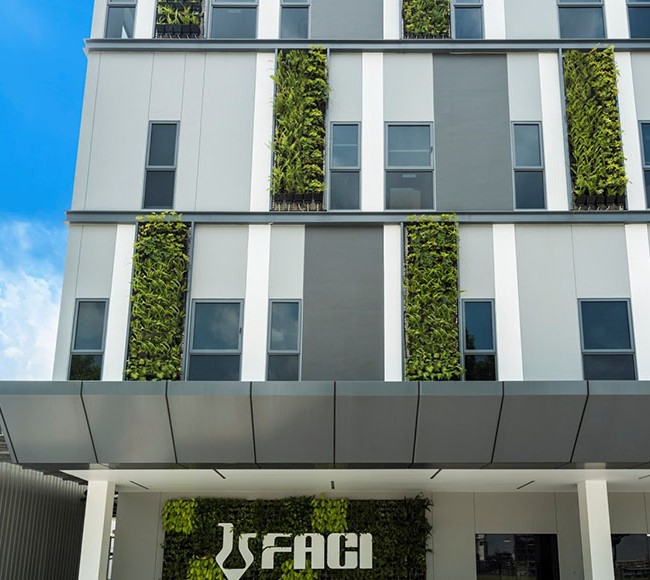
Sustainable architecture is a term used to define buildings that are designed to limit the negative impact on the environment. Sustainable architecture considers the condition and the surrounding resources and incorporates them into the design wherever possible.
It also means using materials that minimize environmental footprints, such as long transport distances or energy-intensive manufacturing processes. Sustainable architecture also puts waste systems in place that harnesses and reuse them in the most efficient manner. In Singapore, you can find a large number of successful sustainable architecture projects where the local community and workforce are the core of these projects.
Sustainable designs require architects to think differently and away from the traditional and popular methods out there. They need to have an eye for what is naturally available in Singapore and to use them in a manner that avoids environmental and ecological disruption. It also means using smart design and advanced technologies to ensure the structures have minimal harmful effects on the communities and the ecosystems.
The key characteristics of sustainable architecture are –
• Reducing the overall human impact on the environment.
• Minimise power energy consumption by engaging in sustainable design techniques such as site orientation, natural lighting and cross ventilation and
• Use of renewable energy sources like solar power and wind power
• The building produces at least as much energy they use for a net-zero effect on the environment.
• Using water conservation systems like recycling gray water or rainwater harvesting.
• Complete integration into the surrounding context and landscape.
• Maximum use of renewable materials wherever possible.
• Use of upcycled and recycled materials.
• Biophilic design to enhance well-being and increase occupant connectivity to nature
• Incorporation of nature via tree-covered residential towers, living walls and green roofs to cool the buildings naturally and create a healthy environment for humans.
These are just a few of the factors that need to be considered when designing a sustainable project. There needs to be a delicate balance between the form of the building, function and its interactors with its surroundings for it to be considered a sustainable development.
Singapore encourages the adoption of sustainable architectural design more rapidly than any other country in the world. In other Asia-Pacific regions where architects and developers have little to no incentive to invest in sustainability, Singapore has emerged as a model for green architect designs with a strong focus on sustainability. The government’s rating tool ‘Green Mark’ introduced in 2005 has encouraged more and more architects and developers in the country to invest in green building technologies. Sustainable architecture not only means lowering their environmental footprint but also creating more value for all the stakeholders involved. The most recent example of sustainable architecture design is the 5 storey Faci Asia Pacific Office designed by ADX Architects, which recently won the BCA Greenmark Gold Plus Award.
The rising awareness and newest market-driven gush in sustainable architecture have helped narrow the gap between building practices and sustainability in Singapore. Architectural sustainability is all about making human activity a non-damaging part of the ecological landscape. If you are looking to make your next building a sustainable forerunner, get in touch with the experts at ADX Architects. Active throughout Singapore, they deliver design and deliver responsive solutions that have a minimal impact on the environment.